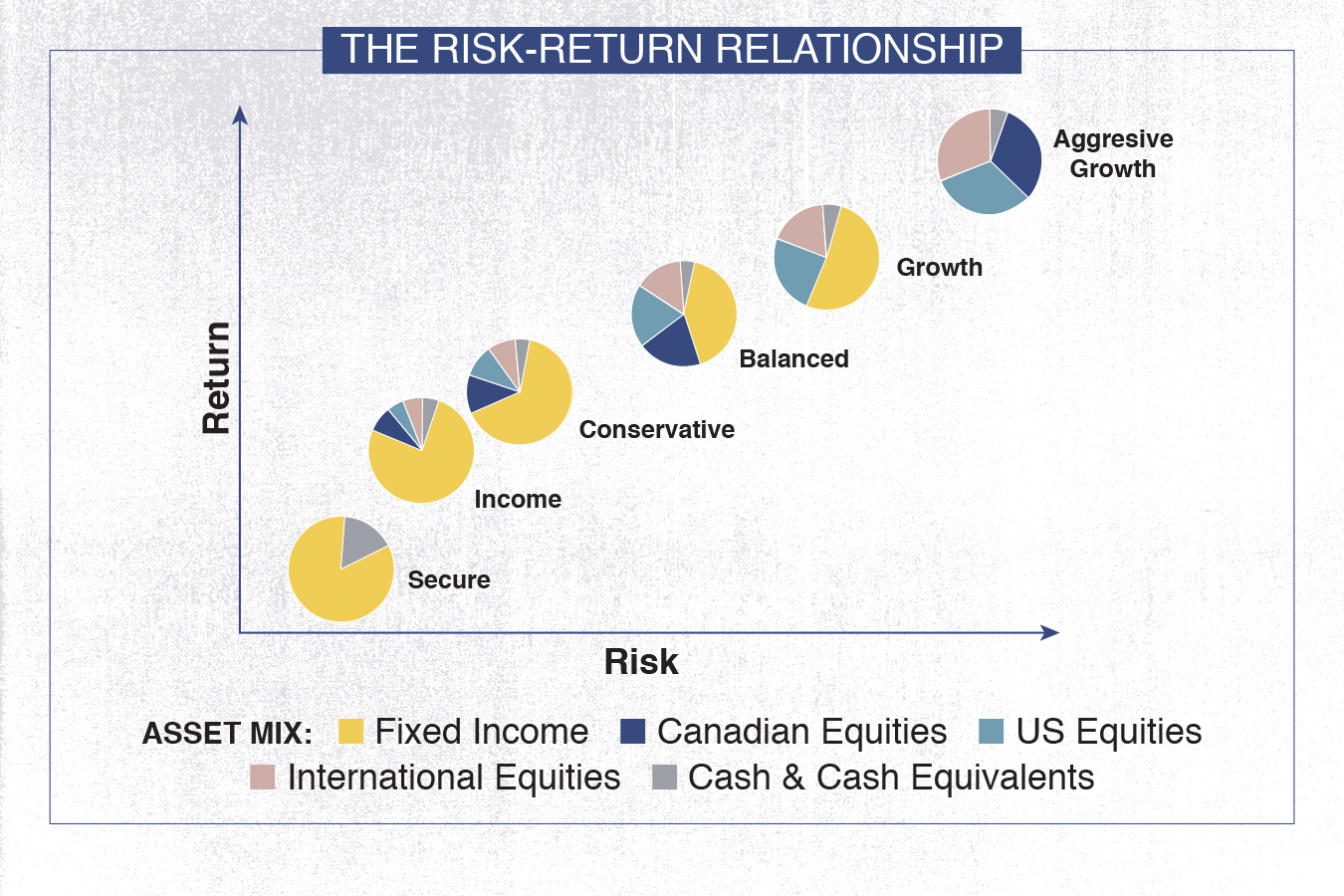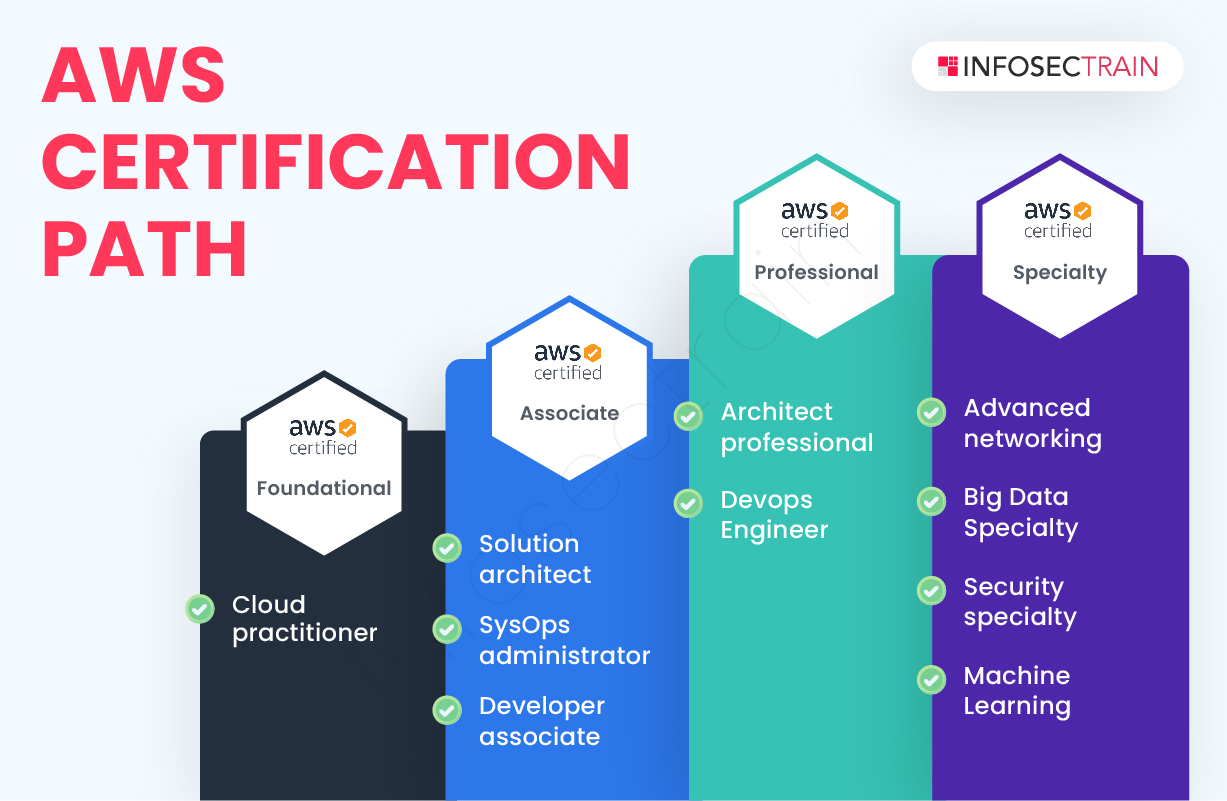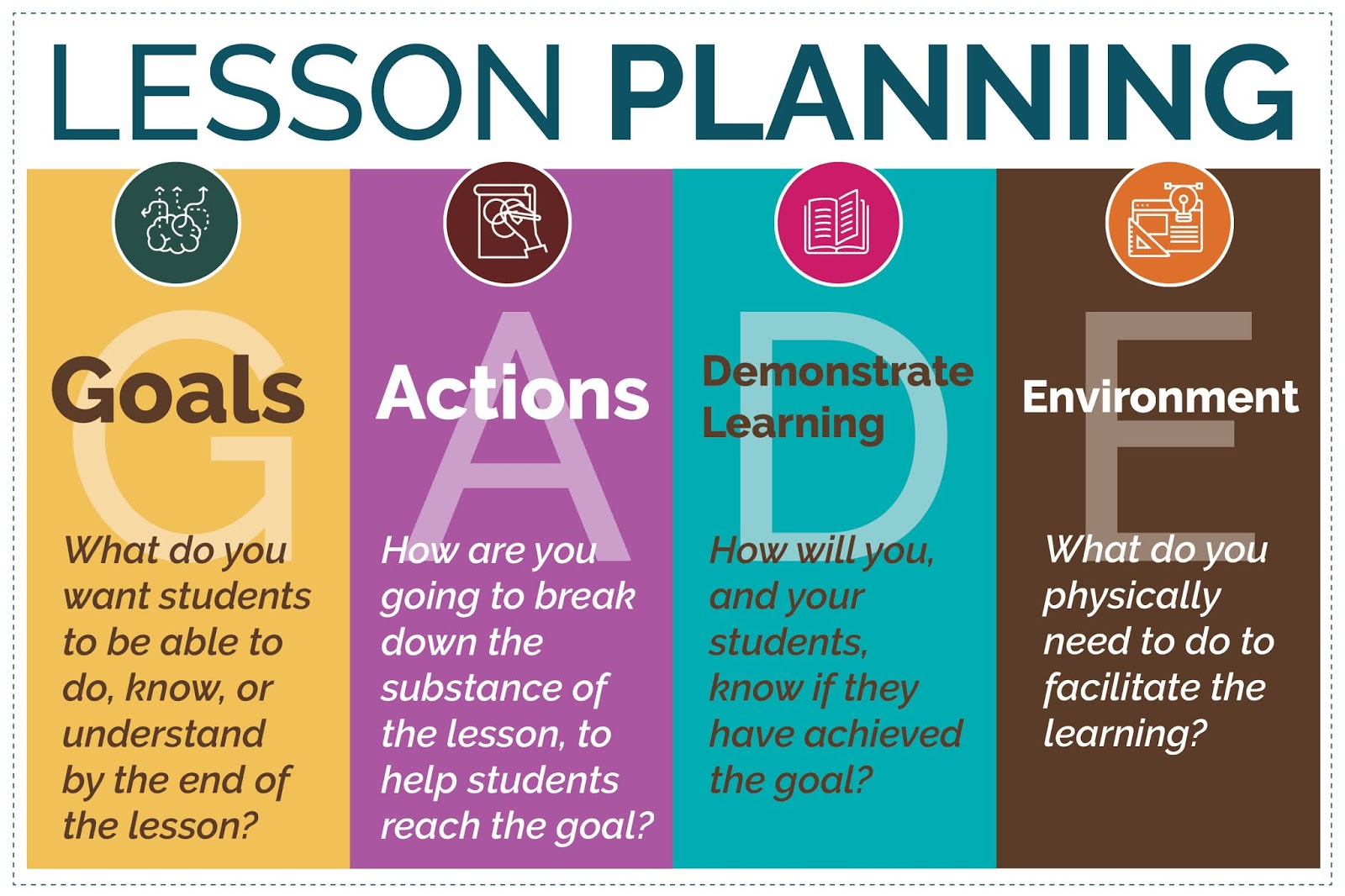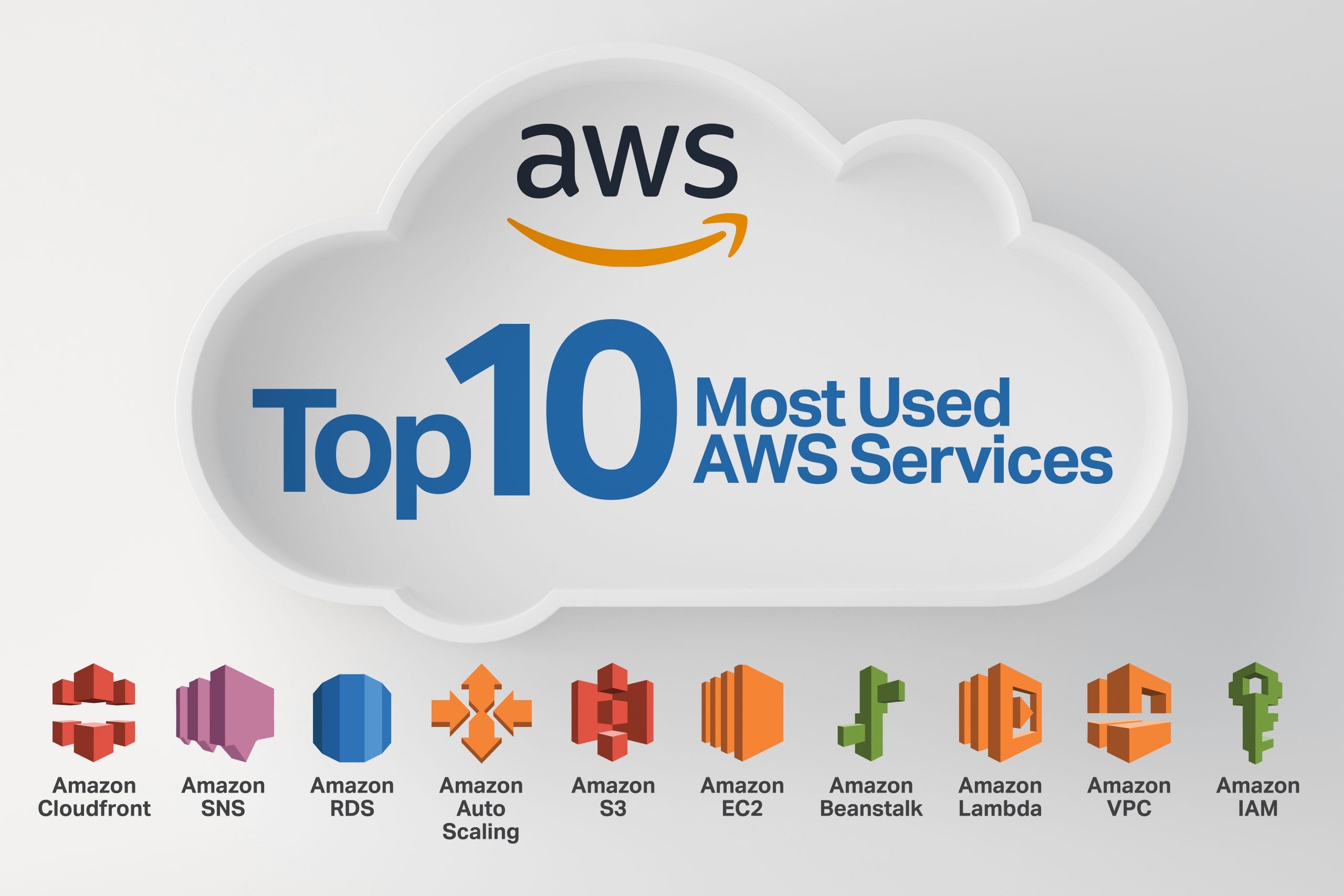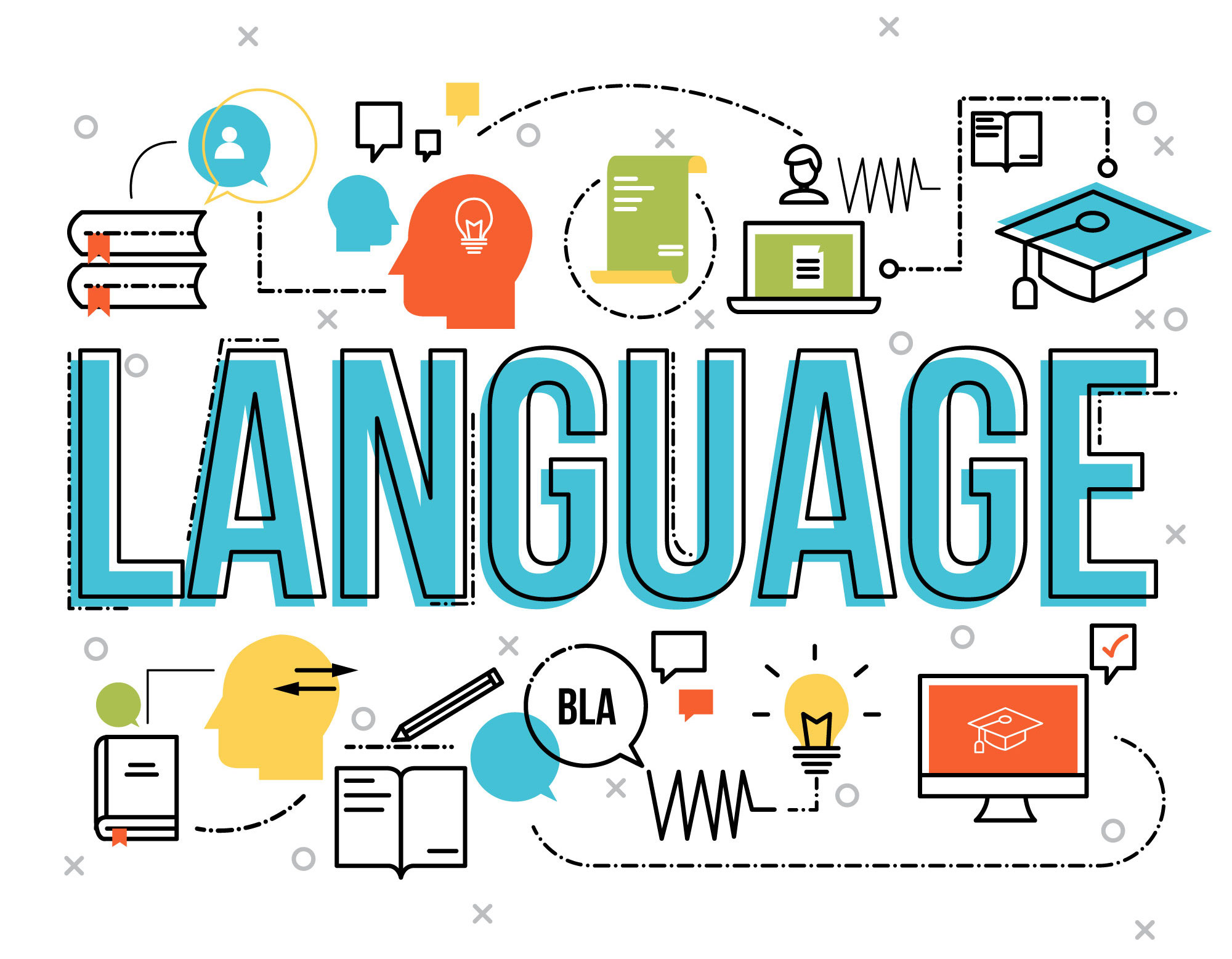Demystifying the AWS Learning Curve: An Overview
Amazon Web Services (AWS) is a comprehensive suite of cloud computing offerings, encompassing a vast array of services and tools. Given its extensive nature, understanding the AWS learning curve and the factors influencing the time required to master AWS is essential. This article aims to provide insights into the complexities of AWS and offer guidance on how long does it take to learn AWS effectively.
The AWS learning curve can be steep, primarily due to the vastness and continuous evolution of its services. The time required to learn AWS can vary significantly from person to person, depending on factors such as prior knowledge, learning style, and the depth of understanding desired. For instance, those with prior experience in IT, cloud computing, or programming may find it easier to grasp AWS concepts, while beginners might need more time to familiarize themselves with the fundamentals.
To better understand the AWS learning curve, it is crucial to break down the core competencies and estimate the time investment required for each. Key competencies include infrastructure management, security, cost optimization, and application development. Each of these areas requires a varying degree of time and effort, with hands-on experience being a critical factor in mastering AWS.
Breaking Down AWS Mastery: Core Competencies and Time Investment
To effectively learn AWS, it is essential to understand the core competencies and estimate the time investment required for each. Key competencies include:
- Infrastructure Management: This competency involves learning how to provision, configure, and manage AWS infrastructure components such as EC2 instances, RDS databases, and S3 storage. A solid understanding of these concepts can take around 3-6 months of dedicated learning and practice.
- Security: Security is a critical aspect of AWS, encompassing Identity and Access Management (IAM), Virtual Private Cloud (VPC), and AWS security services. Mastering AWS security may take an additional 2-4 months, depending on the depth of knowledge and hands-on experience.
- Cost Optimization: AWS cost optimization involves understanding how to efficiently use AWS resources and minimize expenses. This competency can take an additional 1-2 months to learn, as it requires a deep understanding of AWS pricing models, usage patterns, and best practices.
It is important to note that these timeframes are approximate and can vary based on the individual’s background and learning style. Hands-on experience plays a crucial role in mastering AWS, as it allows learners to apply concepts in real-world scenarios and solidify their understanding.
The Role of Prior Knowledge and Experience in AWS Learning
An individual’s background in IT, cloud computing, or programming can significantly impact the time required to learn AWS. Prior knowledge and experience can either accelerate or slow down the learning process, depending on the specific skill set.
For instance, those with a strong background in IT infrastructure, such as network administration or system engineering, may find it easier to grasp AWS infrastructure management concepts. Similarly, individuals with experience in cloud computing platforms like Microsoft Azure or Google Cloud Platform may already be familiar with cloud-based service models and can leverage that knowledge to learn AWS more quickly.
On the other hand, individuals with limited experience in IT or programming might find the learning curve steeper. However, this does not mean that they cannot master AWS; it simply means that they may need to invest more time and effort into building a solid foundation in the basics.
To illustrate, consider the story of a web designer with no prior IT experience who decided to learn AWS to expand her skillset. Despite facing initial challenges, she was able to master AWS by following a structured learning plan, completing online courses, and working on real-world projects. Her journey, while longer than someone with an IT background, demonstrates the value of persistence and continuous improvement in mastering AWS.
Effective AWS Learning Strategies: Structured Approach and Resources
Adopting a structured learning approach and utilizing official AWS resources can significantly impact how long does it take to learn AWS. Here are some strategies and resources to consider:
- Online Courses: Platforms such as Coursera, Udemy, and LinkedIn Learning offer AWS-specific courses, often led by industry experts. These courses provide a structured learning path and can help beginners grasp the fundamentals quickly.
- AWS Documentation: The official AWS documentation is a comprehensive source of information on all AWS services and features. Familiarizing oneself with the documentation early in the learning process can help build a strong foundation and ensure that learners stay up-to-date with the latest best practices.
- Workshops and Training Sessions: AWS offers free and paid workshops, webinars, and training sessions to help learners gain hands-on experience and deepen their understanding of specific AWS services. These events can be an excellent way to network with other professionals and learn from experienced instructors.
- AWS Learning Paths: AWS provides curated learning paths that bundle various resources, including courses, documentation, and labs, to help learners master specific competencies. These learning paths offer a structured and comprehensive approach to learning AWS.
By incorporating these strategies and resources into their learning plan, individuals can create a structured and efficient path to AWS mastery, reducing the overall time required to become proficient in AWS.
The Impact of Hands-On Practice and Real-World Projects on AWS Mastery
Hands-on practice and real-world projects play a crucial role in solidifying AWS skills and reducing the time it takes to learn AWS. Practical experience allows learners to apply theoretical concepts in real-world scenarios, leading to a deeper understanding and retention of knowledge.
Consider the experience of a software developer who, after completing an online AWS course, decided to implement AWS services in a personal project. By integrating AWS services like S3, Lambda, and API Gateway, she gained hands-on experience and a practical understanding of how these services interact and complement each other. This experience not only accelerated her learning but also provided her with a tangible demonstration of her AWS skills, which she could showcase to potential employers.
To maximize the benefits of hands-on practice, consider the following approaches:
- Lab Exercises: Many online courses and learning platforms provide lab exercises that allow learners to practice AWS skills in a controlled environment. These exercises often include step-by-step instructions and guided walkthroughs, making them an excellent starting point for beginners.
- Personal Projects: Implementing AWS services in personal projects can help learners gain practical experience and apply theoretical concepts in real-world scenarios. Personal projects also offer the flexibility to explore specific AWS services or features that align with the learner’s goals and interests.
- Open-Source Projects: Contributing to open-source projects that utilize AWS services can provide learners with hands-on experience and the opportunity to collaborate with experienced professionals. Participating in open-source projects can also help learners expand their network and enhance their professional development.
By incorporating hands-on practice and real-world projects into their learning strategy, individuals can significantly reduce how long does it take to learn AWS and become proficient in AWS services and features.
Navigating AWS Certifications: Timeframes and Expectations
AWS certifications serve as a valuable benchmark for validating one’s AWS skills and enhancing career prospects. Understanding the certification process and associated timeframes can help learners set realistic expectations and plan their AWS learning journey effectively.
AWS Certification Levels
AWS offers three certification levels, each with its own time commitment and expertise requirements:
- Foundational: The AWS Certified Cloud Practitioner certification is designed for those with a basic understanding of AWS cloud concepts. This level typically requires 1-3 months of dedicated learning and practice.
- Associate: Associate-level certifications, such as AWS Certified Solutions Architect – Associate, AWS Certified Developer – Associate, and AWS Certified SysOps Administrator – Associate, target professionals with practical AWS experience. These certifications generally require 6-12 months of learning and hands-on practice.
- Professional: Professional-level certifications, including AWS Certified Solutions Architect – Professional and AWS Certified DevOps Engineer – Professional, are intended for experienced AWS professionals. These certifications typically demand 18-24 months of in-depth AWS knowledge and expertise.
It is essential to note that these timeframes are approximate and can vary based on the individual’s prior knowledge, learning style, and the time they can dedicate to learning.
Maintaining AWS Certifications
AWS certifications are valid for three years, after which they must be recertified. Recertification requires passing a recertification exam or earning a higher-level certification. Staying updated on new AWS features, services, and best practices is crucial to maintaining AWS expertise and success in certification exams.
Maintaining and Expanding AWS Expertise: Staying Updated and Adaptable
AWS is continuously evolving, with new features, services, and best practices regularly emerging. To maintain and expand AWS expertise, it is crucial for learners to stay updated and adaptable. Here are some strategies to help professionals stay current in the ever-changing AWS landscape:
Follow AWS Blogs and Official Channels
AWS maintains several blogs and official channels that provide updates on new services, features, and best practices. Subscribing to these resources can help learners stay informed about the latest AWS developments:
- AWS Blog: The official AWS Blog covers news, updates, and announcements related to AWS services and features.
- AWS News Blog: The AWS News Blog focuses on new AWS services, major feature updates, and upcoming events.
- AWS Compute Blog: The AWS Compute Blog provides updates and insights on AWS compute services like EC2, Lambda, and ECS.
- AWS Storage Blog: The AWS Storage Blog offers news and updates on AWS storage services such as S3, EBS, and FSx.
Participate in AWS Webinars and Events
AWS offers various webinars, workshops, and events designed to help professionals stay updated on new features and best practices. Participating in these events can provide valuable insights and networking opportunities:
- AWS Webinars: AWS hosts free webinars on various topics, ranging from introductory sessions to advanced workshops.
- AWS Summits: AWS Summits are free events that feature keynotes, breakout sessions, and hands-on labs, providing attendees with the latest AWS updates and expert insights.
- AWS re:Invent: AWS re:Invent is the annual conference for AWS professionals, featuring keynotes, breakout sessions, and hands-on labs, as well as networking opportunities and access to AWS experts.
Engage in AWS Forums and Communities
Participating in AWS forums and communities can help professionals learn from their peers, share experiences, and gain insights into best practices and real-world applications:
- AWS Discussion Forums: AWS Discussion Forums provide a platform for users to ask questions, share knowledge, and engage in discussions on various AWS topics.
- AWS User Groups: AWS User Groups are local communities of AWS professionals who meet regularly to network, learn, and share knowledge.
- AWS Community Heroes: The AWS Community Heroes program recognizes individuals who have made significant contributions to the AWS community through leadership, mentoring, and advocacy.
By incorporating these strategies into their learning plan, professionals can maintain and expand their AWS expertise, ensuring they remain up-to-date and adaptable in the ever-evolving AWS landscape.
AWS Learning Timeframes: Personalized Journeys and Realistic Expectations
Mastering AWS is a journey that varies for each individual, depending on their unique background, goals, and learning style. Establishing personalized AWS learning timeframes and setting realistic expectations is crucial for success. Here are some factors to consider when creating a tailored AWS learning plan:
Background and Experience
Prior knowledge and experience in IT, cloud computing, or programming can significantly impact the time required to learn AWS. For instance, professionals with a background in IT infrastructure may find it easier to grasp AWS infrastructure management concepts, while those with programming experience might find AWS development services more accessible.
Learning Style and Pace
Individuals have different learning styles, such as visual, auditory, or kinesthetic. Understanding one’s learning style can help tailor the learning experience and optimize the time required to master AWS. Additionally, setting a realistic learning pace is essential to avoid burnout and ensure long-term success.
Goals and Objectives
Defining clear goals and objectives can help learners focus on the AWS competencies that matter most to their career development. For example, a solutions architect might prioritize learning infrastructure management and security, while a developer might focus on AWS development services and tools.
Resources and Support
Access to quality resources and support can significantly impact the time required to learn AWS. Utilizing official AWS resources, such as documentation, online courses, and workshops, can help learners build a solid foundation in AWS concepts. Additionally, participating in forums, user groups, and engaging with mentors can provide valuable insights, guidance, and motivation.
Continuous Improvement and Adaptability
AWS is continuously evolving, with new features, services, and best practices regularly emerging. Embracing a growth mindset and committing to continuous improvement and adaptability is essential for long-term AWS mastery. Regularly reviewing and updating the learning plan can help learners stay on track and up-to-date with the latest AWS developments.
In conclusion, mastering AWS is a personalized journey that requires patience, persistence, and continuous improvement. By understanding the factors that influence learning timeframes and setting realistic expectations, learners can successfully navigate their AWS learning curve and enhance their career prospects in the ever-evolving cloud computing landscape.


